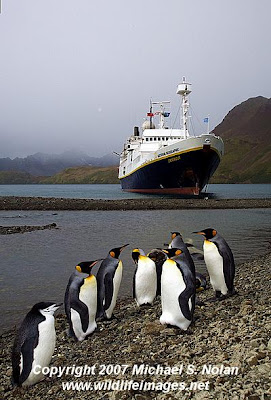Sperm whale at sunset
 It has been almost fifteen years now since I saw my very first sperm whale here in the Gulf of California, and the sight of one still makes my heart race! I can only imagine the lives these animals lead in the deep waters surrounding the midriff islands and the trenches in the middle gulf. Capturing an image like this one, just before a dive to thousands of feet to hunt for squid, is only a glimpse into a place I can only dream about...que le vaya bien, compadre.
It has been almost fifteen years now since I saw my very first sperm whale here in the Gulf of California, and the sight of one still makes my heart race! I can only imagine the lives these animals lead in the deep waters surrounding the midriff islands and the trenches in the middle gulf. Capturing an image like this one, just before a dive to thousands of feet to hunt for squid, is only a glimpse into a place I can only dream about...que le vaya bien, compadre. This animal has an unusual amount of damage (probably bites from an Orca attack) to the trailing edge of it's flukes. Some day I may get to witness such a battle...
This animal has an unusual amount of damage (probably bites from an Orca attack) to the trailing edge of it's flukes. Some day I may get to witness such a battle... A young sperm whale surfacing in deep water off Isla San Pedro Martir. Note the smooth skin in the area around the head as well as the blowhole all the way forward and on the left side of the head.
A young sperm whale surfacing in deep water off Isla San Pedro Martir. Note the smooth skin in the area around the head as well as the blowhole all the way forward and on the left side of the head.Visit www.wildlifeimages.net to see my other photos.















































